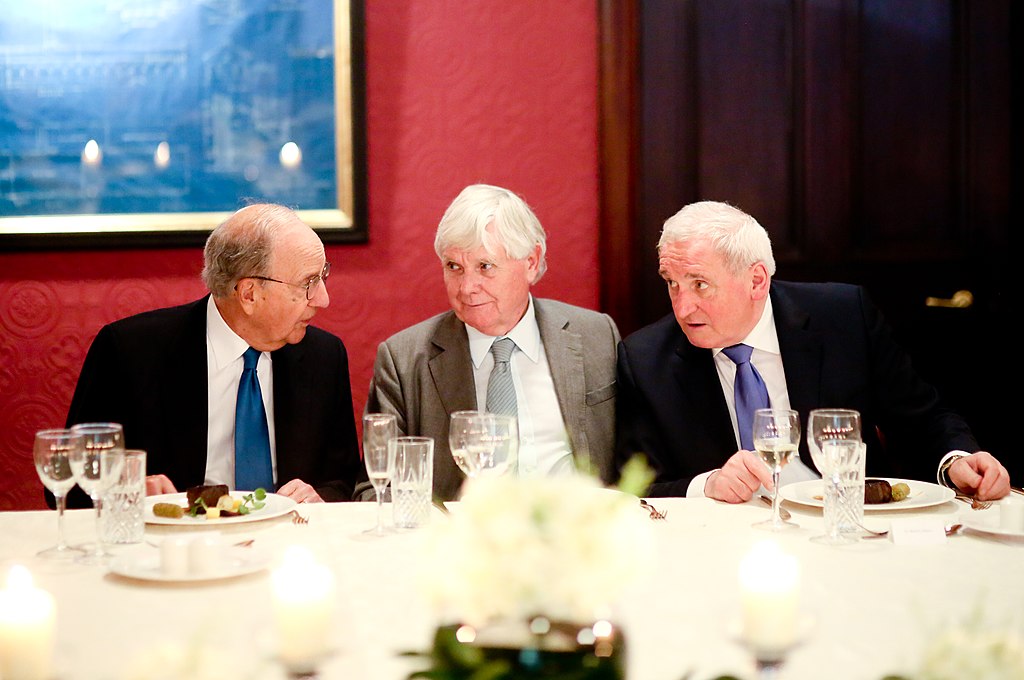On April 10, 1998, after decades of conflict and years of delicate negotiation, the Good Friday Agreement (also called the Belfast Agreement) was signed in Belfast, Northern Ireland. This landmark accord brought a profound sense of relief and a new dawn of peace, ending much of the violence known as The Troubles, a period of ethno-nationalist conflict that had plagued Northern Ireland since the late 1960s.
The conflict stemmed from long-time, deep-rooted tensions between Unionists (mainly Protestant), who wanted Northern Ireland to remain part of the United Kingdom, and Nationalists (mostly Catholic), who sought unification with the Republic of Ireland. During the conflict, over 3,500 people were killed, which involved paramilitary groups, security forces, and civilian casualties.
Efforts to broker peace began in earnest in the 1990s, supported by the governments of the United Kingdom and Ireland, along with strong backing from the United States. Senator George J. Mitchell, a seasoned diplomat and skilled negotiator, chaired the talks, playing a crucial role in the negotiations. His impartiality and perseverance were instrumental in the process. The process was protracted, tense, and filled with political risk, but it bore fruit on Good Friday, April 10, 1998.
Key Elements of the Agreement
The Good Friday Agreement consisted of two major components:
- A multi-party agreement among Northern Ireland’s main political parties.
- A bilateral agreement between the Irish and British governments.
Together, these agreements addressed several core issues:
- Power sharing in a newly established Northern Ireland Assembly.
- The recognition of British and Irish identities, with citizens able to claim either or both nationalities.
- Disarmament of paramilitary groups and reform of policing.
- Creation of institutions for cross-border cooperation between Northern Ireland and the Republic of Ireland and broader UK-Ireland cooperation.
Public Support and Implementation
Referendums were held on May 22, 1998, to give the agreement democratic legitimacy. In Northern Ireland, 71% voted in favor; in the Republic of Ireland, 94% approved constitutional changes supporting the deal. These overwhelming votes demonstrated the widespread public desire for peaceand the strong democratic foundation of the Good Friday Agreement.
The agreement came into full effect on December 2, 1999, creating a power-sharing executive and restoring devolved governance to Northern Ireland. The successful implementation of the Good Friday Agreement is a testament to the power of diplomacy and is hailed as one of the most successful peace processes in modern history.

